 Thanks: 0
 Likes: 0
 Dislikes: 0
-
Classic truck paint correction
Hey guys, I have a 72 C10 that needs a little help. I am trying to correct the hood and just feel like I'm making it worse. There are swirls and cloudiness in the paint. Also what look to be like little specks everywhere on the hood. I don't know how else to describe it. I have tried my porter cable polisher with a yellow pad and some old poorboys product that is probably as good as water by now. Here are some pics if thy help at all


-
Which poorboys product do you have?
Sent from my SAMSUNG-SGH-I777 using AG Online
-
Re: Classic truck paint correction
Poorboys polish from probably 2009
-
Do you know the name of it? Do you have a Walmart or advanced auto, autozone nearby? If so, I'd suggest picking up some Meguiars M105&M205. If they aren't available, you can also get Meguiars ultimate compound and ultimate polish. They are very similar in cut, but the ultimate line is a bit more user friendly and can purchase smaller bottles.
I'd start off with some M205 or ultimate polish, on a white or orange pad. Tape off a. 16"x16" area, and perform your test spot to dial in the process. If that's not cutting it out enough, then up to M105 or ultimate compound and do another test spot. That should pretty much take care of what's in the pictures you posted.
Sent from my SAMSUNG-SGH-I777 using AG Online
-
Super Member

Re: Classic truck paint correction
More pads to select from will also help. LC Yellow foam will cut plenty but probably wont finish very nice by itself. The defects pictured can be removed from what I can tell, you just need to dial in your pad, product and most importantly, technique.
http://www.autogeekonline.net/forum/...-phillips.html
http://www.autogeekonline.net/forum/...ge-paints.html
-
Re: Classic truck paint correction
Okay, I just ordered a yellow and white LC 6.5 pad and some m205 and m105. I'll post back the results.
I hope this works, I just don't know what the hell these little specks are...
-
Junior Member

Re: Classic truck paint correction
 Originally Posted by spiralout462

This. 
 Originally Posted by jason72g

Okay, I just ordered a yellow and white LC 6.5 pad and some m205 and m105. I'll post back the results.
I hope this works, I just don't know what the hell these little specks are...
Looking forward to the results. Depending on your polish the little specks could be micromarring from your compounding attempts. Regardless, they shouldn't be too tough to get out with the m105/205 combo.
Good luck!
-
-
Re: Classic truck paint correction
 Originally Posted by jason72g

Okay, I just ordered a yellow and white LC 6.5 pad and some m205 and M105. I'll post back the results.
I hope this works, I just don't know what the hell these little specks are...
Call back and change your order and get a 5" backing plate and 5.5" Lake Country pads. Smaller pads rotate better and you NEED good pad rotation to do a good job.
See what I wrote in this recent thread on the same topic....
http://www.autogeekonline.net/forum/...2-cobwebs.html
BEFORE buffing out the entire truck... do a Test Spot with the new products you ordered. DIAL in your technique first. Prove your process to one small area and then buff out the rest of the car.
How To Do a Test Spot
DA Polisher Trouble Shooting Guide
When you're first starting out machine polishing and learning to use a DA Polisher it's common to have questions about your results and your results are directly tied to your technique.
Here's a list of the most common problems,
1. Trying to work too large of an area at one time.
2. Moving the polisher too fast over the surface.
3. Using too low of speed setting for removing swirls.
4. Using too little downward pressure on the head of the polisher.
5. Using too much downward pressure on the head of the polisher so the pad quits rotating.
6. Not holding the polisher in a way to keep the pad flat while working your compound or polish.
7. Using too much product or using too little product.
8. Not cleaning the pad often enough. Here's a list of the solutions in matching order,
1. Trying to work too large of an area at one time.
Shrink the size of your work area down. You can't tackle to large of an area at one time. The average size work area should be around 20" by 20". Most generic recommendations say to work an area 2' by 2' but for the correction step, that's too large. You have to do some experimenting, (called a Test Spot), to find out how easy or how hard the defects are coming out of your car's paint system and then adjust your work area to the results of your Test Spot. The harder the paint the smaller the area you want to work.
2. Moving the polisher too fast over the surface.
For removing defects out of the paint you want to use what we call a Slow Arm Speed. It's easy and actually natural for most people new to machine polishing to move the polisher quickly over the paint but that's the wrong technique. One reason I think people move the polisher too quickly over the paint is because they hear the sound of the motor spinning fast and this has psychological effect which causes them to match their arm movement to the perceived fast speed of the polisher's motor.
Another reason people move the polisher too quickly over the paint is because they think like this,
"If I move the polisher quickly, I'll get done faster"
But it doesn't work that way. Anytime you're trying to remove swirls, scratches, water spots or oxidation using a DA Polisher you need to move the polisher s-l-o-w-l-y over the paint.
3. Using too low of speed setting for removing swirls.
When first starting out many people are scared of burning or swirling their paint, so they take the safe route of running the polisher at too low of a speed setting but this won't work. The action of the polisher is already g-e-n-t-l-e, you need the speed and specifically the pad oscillating and rotating over the paint as well as the combination of time, (slow arm speed), together with the abrasives, the pad aggressiveness, and the downward pressure to remove small particles of paint which is how your remove below surface defects like swirls or scratches.
Removing below surface defects is a leveling process where you need the abrasives to take little bites out of the paint and to get the abrasives to take these little bites with a tool that uses a Free Floating Spindle Bearing Assembly you need all of the above factors working for you including a high speed setting.
4. Using too little downward pressure on the head of the polisher.
For the same reason as stated in #3, people are scared, or perhaps a better word is apprehensive, to apply too much downward pressure to the polisher and the result of too little pressure is no paint is removed thus no swirls are removed.
5. Using too much downward pressure on the head of the polisher so the pad quits rotating.
If you push too hard you will slow down the rotating movement of the pad and the abrasives won't be effectively worked against the paint. You need to apply firm pressure to engage the abrasives against the paint but no so much that the pad is barely rotating. This is where it's a good idea to use a permanent black marker to make a mark on the back of your backing plate so your eyes can easily see if the pad is rotating or not and this will help you to adjust your downward pressure accordingly.
Correct technique means finding a balance of applying enough downward pressure to remove defects but not too much downward pressure as to stop the rotating movement of the pad.
This balance is affected by a lot of factors like the lubricity of the product you're using, some compounds and polishes provide more lubrication than others and this makes it easier to maintain pad rotation under pressure.
Another factor that can affect pad rotation are raised body lines, edges and curved surfaces as anytime you have uneven pressure on just a portion of the face of the pad it can slow or stop pad rotation. This is where experience comes into play and experience comes from time spent behind the polisher.
6. Not holding the polisher in a way to keep the pad flat while working your compound or polish.
Applying pressure in such a way as to put too much pressure to one edge of the pad will cause it to stop rotating and thus decrease abrading ability.
7. Using too much product or using too little product.
Too much product hyper-lubricates the surface and the result is that abrasives won't effectively bite into the paint but instead will tend to skim over the surface. Overusing product will also accelerate pad saturation as well increase the potential for slinging splatter onto adjacent panels.
Too little product will means too little lubrication and this can interfere with pad rotation.
Again there needs to be a balance between too much product and too little product and finding this balance comes from reading articles like this one, watching videos an most important, going out into the garage and putting in time behind the polisher and as you're buffing with specific product and pad combinations, pay attention to pad rotation.
8. Not cleaning the pad often enough.
Most people simply don't clean their pad often enough to maximize the effectiveness of their DA Polisher. Anytime you're abrading the paint you have two things building up on the face of your buffing pad,
As these to things build up on the face of the pad they become gummy and this has a negative affect on pad rotating plus makes wiping the leftover residue on the paint more difficult. To maintain good pad rotation you want to clean your pad often and always wipe-off any leftover product residue off the paint after working a section. Never add fresh product to your pad and work a section that still has leftover product residue on it.
Pad Cleaning Articles
Why it's important to clean your pads often...
How to clean your foam pad on the fly


-
Re: Classic truck paint correction
When using the Porter Cable, if you're trying to remove swirls you really need to be maxed out on the 6.0 speed setting.
It's VITAL that the pad is rotating at all times if you want to actually remove the swirls. Don't mess around with the 5.0 setting for correction and polishing work.
Also, if you have not already, MARK YOUR BACKING PLATE so your eyes can easily see when the pad is rotating or not. If the pad is not rotating you are not doing anything.
Video: Mark your backing plate to make it easy to see pad rotation
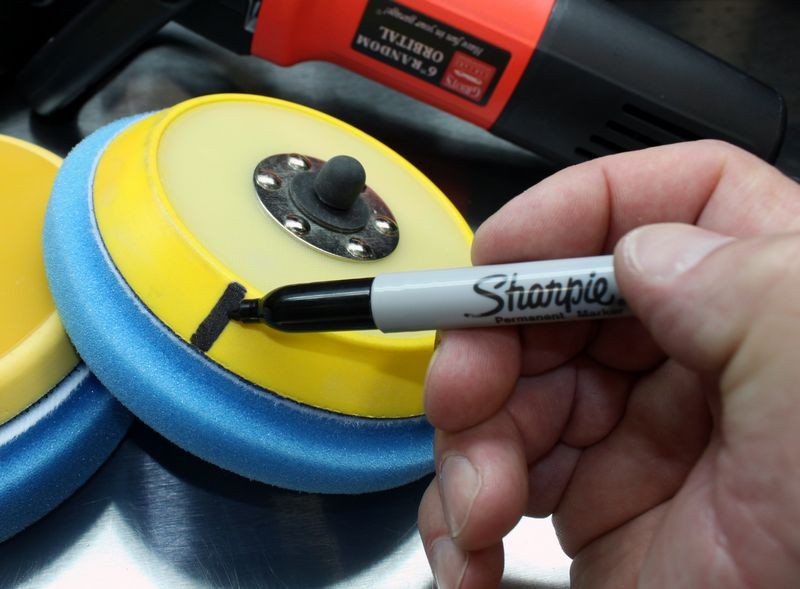
Here's a quick video that show how and why to mark your backing plate to see and monitor pad rotation while doing any correction or polishing steps.
It's also important to maintain pad rotation with PC style tools when using a one-step cleaner/wax or AIO type product on neglected paint.
It's not vital to maintain pad rotating when applying a finishing wax or finishing paint sealant to a finish that you've just buffed out.
Here's the deal and I'm writing this for you and everyone that will read this into the future....
No matter which dual action polish you purchase, if it's a Porter Cable or a copy of the Porter Cable design, you will NEED to purchase at a minimum a 5" backing plate so you can use 5.5" thin pads.
Thin is in...
I wrote that years ago as it relates to pads for use with the PC style dual action polishers. If you need proof, look at Meguiar's Microfiber Cutting discs and look to see how THIN they are.
Meguiar's always does their homework and they know that in order to maximize the correction ability of their G110v2 which is a copy of the Porter Cable 7424XP that pad rotation MUST be maintained. It's real simple then....
Thin pads rotate better than thick pads.
The Meguiar's Microfiber DA Correction System is a system that is designed to enable detailers to do the heavy correction work without using a rotary buffer. This is Meguiar's attempt to improve and change how cars are detailed in the detailing industry as WE ALL KNOW that the NORMAL method is for dealerships and detail shops to use nothing but rotary buffers and swirl out all the cars they detail.
In order for the Meguiar's system to work the key component is the correction step and when using a tool that is a LOT less powerful than a rotary buffer and that can also mean slower, (in the eyes of old school dealership owners and detailers), and that means the cutting discs need to rotate and to help ensure good rotating Meguiar's made this pads PURPOSEFULLY THIN.
This same idea applies to ANY pad used for either correction work or polishing work on any dual action polisher like the Porter Cable dual action polisher. Period. End of discussion.
And again just to note for anyone reading this into the future. I cover this in detail PLUS tons of more how-to information in any of my how-to books and even DVD's.
Smaller diameter pads rotate better than large diameter pads too so below is an article I wrote that goes over what I posted above and has the LINKS to the Autogeek Store to make it easy for you to get the products you need so when you go out into your garage on a Saturday to detail your car you can work the most efficiently as it relates to doing correction work and polishing work.
Here you go, read it don't just scan it...
5 inch Backing Plates on Meguiar's, Griot's and Porter Cable DA Polishers
Here's the pertinent portion...
Lake Country 5" DA Backing Plate <-- Get this one as the Velcro will match Lake Country Pads
Get the below pads to maximize the efficiency of any dual action polisher.
Lake Country
5.5" Flat Pads
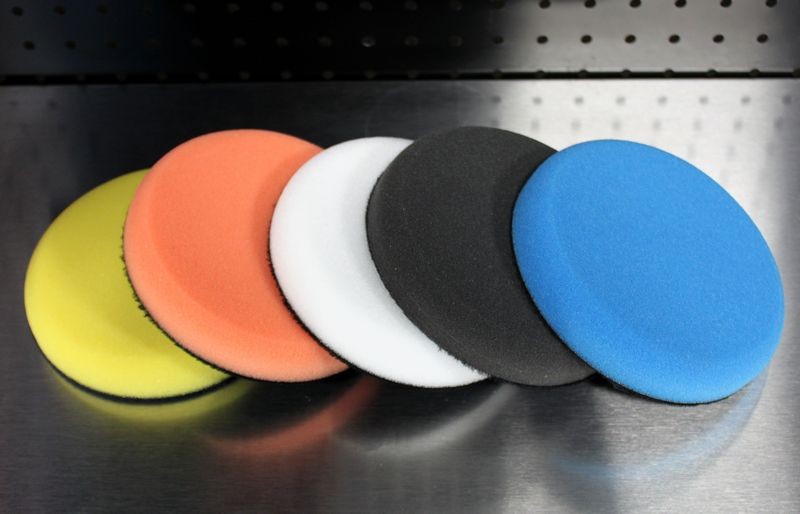
The outer edge of the face of these pads is tapered so they are actually a little under 5" in diameter

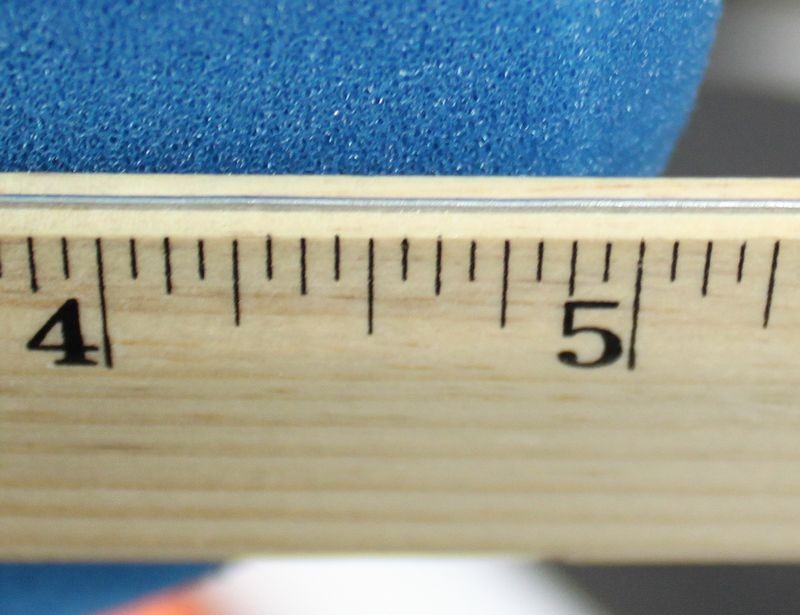
Approximately 7/8" thick

And the above article as well as hundreds of articles can be found in my article list here,
Articles by Mike Phillips

Similar Threads
-
By JD3020 in forum Auto Detailing 101
Replies: 12
Last Post: 03-25-2017, 03:19 PM
-
By luv a shine in forum Show N' Shine
Replies: 15
Last Post: 01-08-2012, 06:10 PM
-
By Desert Detail & More in forum Show N' Shine
Replies: 14
Last Post: 04-27-2011, 09:23 PM
-
By momentum001 in forum Show N' Shine
Replies: 14
Last Post: 04-13-2011, 07:57 AM
-
By Toymachine2009 in forum Ask your detailing questions!
Replies: 14
Last Post: 10-12-2010, 06:22 AM
 Members who have read this thread: 0
Members who have read this thread: 0
There are no members to list at the moment.
 Posting Permissions
Posting Permissions
- You may not post new threads
- You may not post replies
- You may not post attachments
- You may not edit your posts
-
Forum Rules
|
| S |
M |
T |
W |
T |
F |
S |
| 28 | 29 | 30 |
1
|
2
|
3
|
4
|
|
5
|
6
|
7
|
8
|
9
|
10
|
11
|
|
12
|
13
|
14
|
15
|
16
|
17
|
18
|
|
19
|
20
|
21
|
22
|
23
|
24
|
25
|
|
26
|
27
|
28
|
29
|
30
|
31
| 1 |
|













 Thanks:
Thanks:  Likes:
Likes:  Dislikes:
Dislikes: 


 Reply With Quote
Reply With Quote

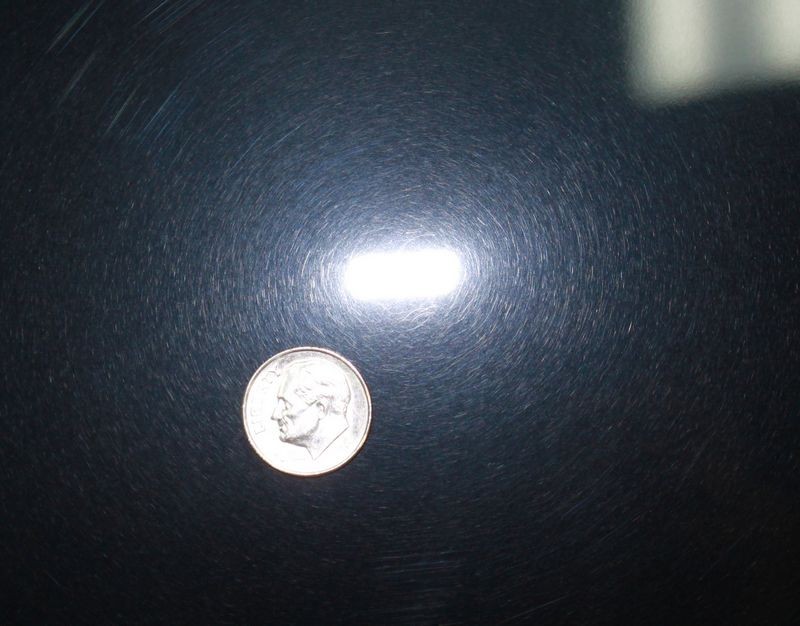
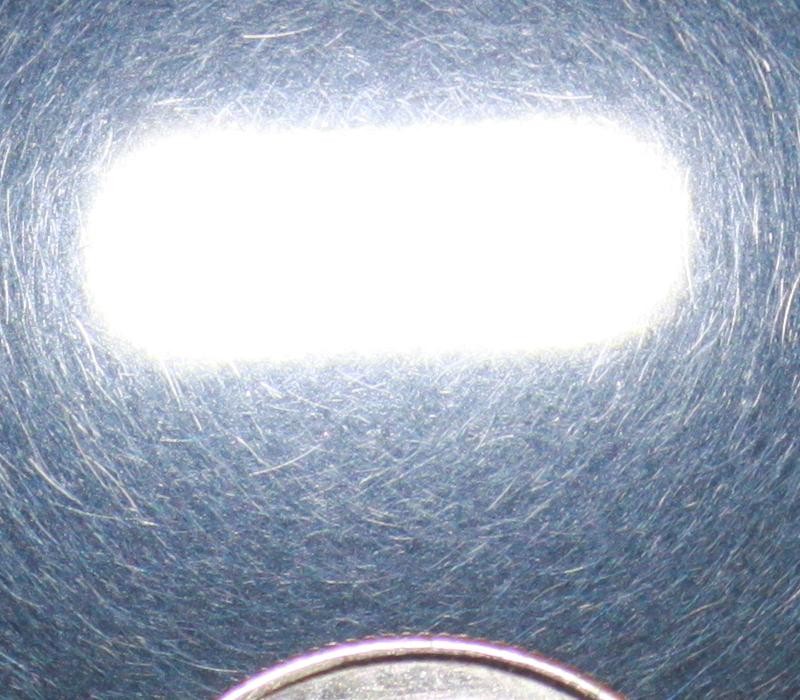







Bookmarks